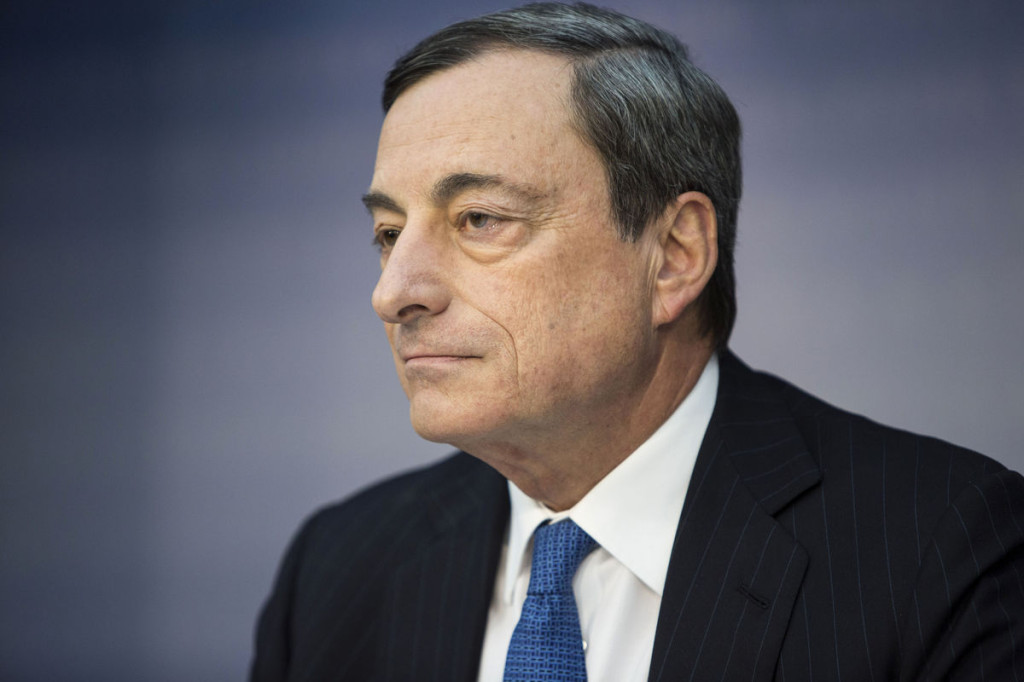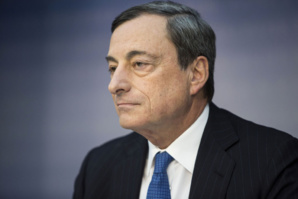Scientists and economists will certainly discuss the QE program role in rise in real economy for many years and, perhaps, will not come to a certain conclusion. So far, although, we only see how QE leads to an increase in prices for assets.
Fruits of actions of Mario Draghi can already be observed around all the Eurozone, and mainly it is expressed in different bubbles.
It seems that at the end, the head of European Central Bank Mario Draghi had no other exit, and at last reluctantly started his own program of repayment of assets at the beginning of 2015. Really, the Eurozone rolled down in a deflationary funnel, the economy was slowed down, and unemployment rate in many countries continued to increase.
So, the money printed by European Central Bank leads to an explosive increase in prices for assets. Below, we can see five markets, which became the main beneficiaries of the fresh liquidity wave.
Real estate in Dublin
It is impossible to tell that before the crisis, the market of real estate in the capital of Ireland showed the most rapid growth. However, its further falling appeared more dramatic, than somewhere else did. Nevertheless, Ireland quickly enough recovered from crisis, and the prices of houses countrywide showed growth by 16%, and in Dublin for 22% at all. In other words, QE led to new boom in the market of real estate of Ireland, so therefore we should not be surprised if the prices grow further.
Spanish building
Few years ago all of us read messages on how Spain tried to recover from boom in the market of real estate as it was literally covered with the empty residential districts, and at some airports, the number of flights did not exceed one in day. But now, construction cranes started working once again, and construction volume in Spain has grown in annual calculation already for 12%, and consumption of cement grew by 8%.
Salary of Germans
Despite the status of the strongest European economy, the salaries of Germans hadn’t grown almost over the last 10 years, but now the situation changes. Workers of separate sectors already got salary increase by 3,4%, despite the remaining threat of the deflation. Now employees of the railroad are striking, they also demand increase of salaries for 5%. Experts consider that by the end of the year, the salaries in the country will reach a record point.
Malta
The tiny island in the Mediterranean Sea, as expected, this year will show the fastest rates of economic growth in the EU. Of course, the prices of houses do not grow same rates as in Dublin, nevertheless the growth makes about 10% - one of the highest rates in the Eurozone. Some local banks report about growth of the balance account by 40% and more. It is unlikely the Maltese economy will become more competitive in this regard, more likely, it already now becomes new Cyprus, and all fresh printed money flow in this tax harbor.
Portuguese assets
So far, it is rather difficult to tell something really good about Portugal only four years later after receiving the financial aid. Analysts expect growth of economy this year for 1,6% that is not much better, than in the previous year. Unemployment remains high - more than 13%. Share assets, although, are quite another matter: the PSI index since the beginning of year shows one of the best dynamics in the world and added already about 25%.
source: marketwatch.com
Fruits of actions of Mario Draghi can already be observed around all the Eurozone, and mainly it is expressed in different bubbles.
It seems that at the end, the head of European Central Bank Mario Draghi had no other exit, and at last reluctantly started his own program of repayment of assets at the beginning of 2015. Really, the Eurozone rolled down in a deflationary funnel, the economy was slowed down, and unemployment rate in many countries continued to increase.
So, the money printed by European Central Bank leads to an explosive increase in prices for assets. Below, we can see five markets, which became the main beneficiaries of the fresh liquidity wave.
Real estate in Dublin
It is impossible to tell that before the crisis, the market of real estate in the capital of Ireland showed the most rapid growth. However, its further falling appeared more dramatic, than somewhere else did. Nevertheless, Ireland quickly enough recovered from crisis, and the prices of houses countrywide showed growth by 16%, and in Dublin for 22% at all. In other words, QE led to new boom in the market of real estate of Ireland, so therefore we should not be surprised if the prices grow further.
Spanish building
Few years ago all of us read messages on how Spain tried to recover from boom in the market of real estate as it was literally covered with the empty residential districts, and at some airports, the number of flights did not exceed one in day. But now, construction cranes started working once again, and construction volume in Spain has grown in annual calculation already for 12%, and consumption of cement grew by 8%.
Salary of Germans
Despite the status of the strongest European economy, the salaries of Germans hadn’t grown almost over the last 10 years, but now the situation changes. Workers of separate sectors already got salary increase by 3,4%, despite the remaining threat of the deflation. Now employees of the railroad are striking, they also demand increase of salaries for 5%. Experts consider that by the end of the year, the salaries in the country will reach a record point.
Malta
The tiny island in the Mediterranean Sea, as expected, this year will show the fastest rates of economic growth in the EU. Of course, the prices of houses do not grow same rates as in Dublin, nevertheless the growth makes about 10% - one of the highest rates in the Eurozone. Some local banks report about growth of the balance account by 40% and more. It is unlikely the Maltese economy will become more competitive in this regard, more likely, it already now becomes new Cyprus, and all fresh printed money flow in this tax harbor.
Portuguese assets
So far, it is rather difficult to tell something really good about Portugal only four years later after receiving the financial aid. Analysts expect growth of economy this year for 1,6% that is not much better, than in the previous year. Unemployment remains high - more than 13%. Share assets, although, are quite another matter: the PSI index since the beginning of year shows one of the best dynamics in the world and added already about 25%.
source: marketwatch.com






